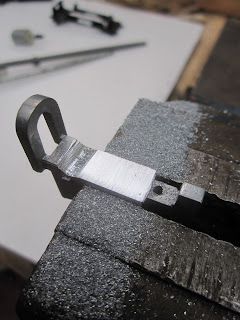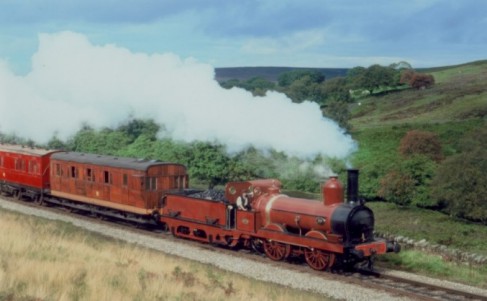This is the part I’ve really been dreading. I want to keep the platform because it gives the model a nice, rigid base and has some useful detail I can make use of. On the other hand, diecast metal is a horrible material to work with. The stuff is hard, brittle and unforgiving. Cuts are final, scratches are difficult to remove and pieces snap off easily never to be reinstated securely. So, understandably modifying this part is something I’ve been holding off, meanwhile measuring carefully and then measuring again.
Remarkably, my little Y9 shunter is actually bigger than FR 20 in almost every respect, not least its length. I have already decided to retain its original wheelbase despite being 2mm, or a scale 6 inches, longer than FR 20. So the plan is to leave the centre section untouched and consequently the springs in the right places relative to the wheels. That means any length adjustments will be restricted to the area between the wheel centres and the buffer beams. I intend to make those distances accurate meaning that the overall length will be plus 2mm due to the wheelbase.
To help make accurate, square cuts, I made myself a dedicated 00 scale cutting jig. It simply comprises three pieces of wood screwed together in a U shape and with some accurate guide slots cut across it. The last part was the big challenge. I know all about a bad workman blaming his tools and all that but I had made two neatly curving saw cuts before I realized that my tennon saw naturally cuts curves. In the end I managed a straight cut using a hacksaw.
At the rear, the mod was easy enough. When measured, the cut line fell neatly along the mould line denoting the front of the buffer beam. I cut upwards from underneath and using my jig achieved a nice square cleave. It also conveniently took the rear rail off with it; which was a bonus. Obviously FR 20 is a tender loco, so will not need buffers at the rear but more of that later.
With the cut made, the exposed surface revealed just how horrible these castings are. Granted, this was one of the thickest parts of the casting, but it revealed huge great voids in the metal. A lesson for the future when working with these parts is not to assume they are homogenous.











